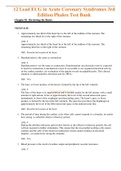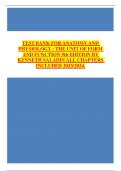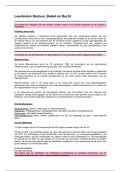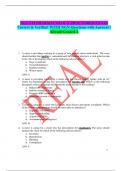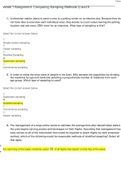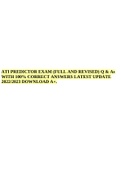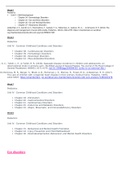Exam (elaborations)
Test Bank for 12 Lead ECG in Acute Coronary Syndromes 3rd Edition Phalen / All Chapters 1-7 / Full Complete
- Course
- Institution
- Book
Test Bank for 12 Lead ECG in Acute Coronary Syndromes 3rd Edition Phalen / All Chapters 1-7 / Full Complete
[Show more]
